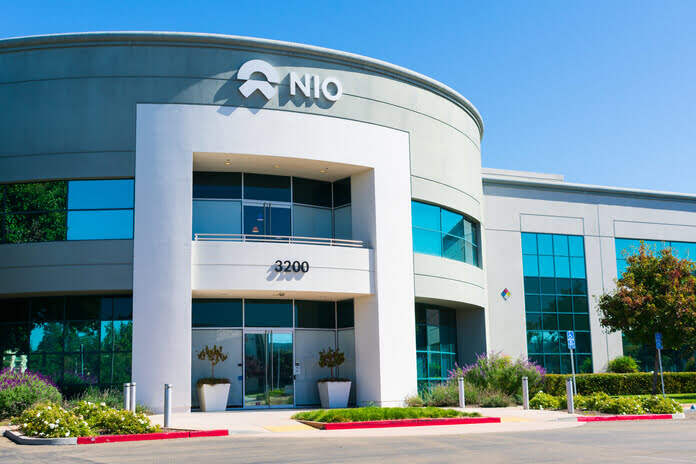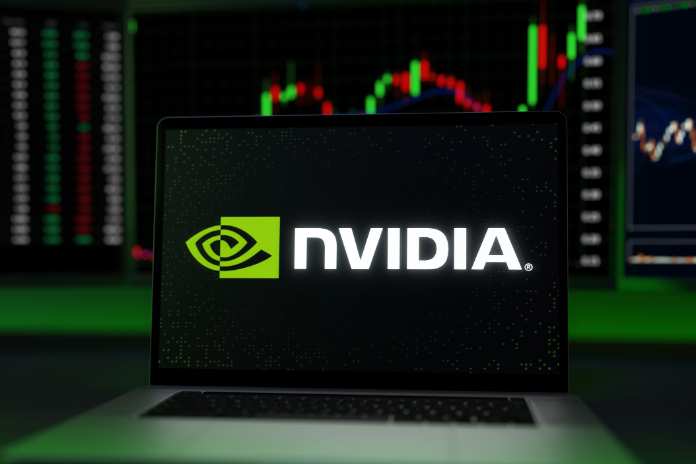NIO Inc. (NYSE:NIO) has recently provided stockholders with conflicting information. On the plus side, NIO delivered 10.05k vehicles in July, a 60% increase yearly. This also exceeded the $10,000 monthly target. Furthermore, the company has lately begun marketing its ES8 model in other countries (in Norway). Although its sales are primarily in China, this represents the start of its efforts to break into the worldwide market. On the negative side, China’s COVID situation remains unsettled, competition is heating up, and NIO has yet to translate its profit growth.
Overall, I see more disadvantages than positives, reflected in its stock prices. NIO share prices have fallen more than 37% year so far, trailing both domestic and foreign peers by a wide margin. For example, Li Auto (LI) lost roughly 2% of its value, while Tesla (TSLA) lost about 17%. Even Beijing’s recent announcement to extend the tax incentive to boost EV adaptation did not lift its stock values.
We’ll explore the good, terrible, and ugly in greater depth.
The Good, the Bad, and the Ugly
On the plus side, growth remains strong. NIO quickly ramped up production and deliveries when the China lock was lifted. It delivered 10,052 vehicles in July 2022, in particular. Don’t be put off by the similarity again in June. June sets a difficult standard. It delivered 12.9k vehicles in June, setting a new monthly record. The July delivery remained a strong 27% year-on-year increase. The production numbers also suggest that the corporation can reliably create and deliver 10,000 cars monthly under typical operating conditions.
In addition, the organization is quickly expanding in other areas. It began selling automobiles in Norway in late 2021, marking the start of its international expansion efforts. It also invests heavily in its future models and infrastructure. It plans to release the ET5 mid-size electric vehicle in the third quarter of 2022. It also recently stated in July that its battery swap stations had reached 1,047 and were used over 10 million times.
Quarterly revenues increased from less than $400 million in 2020 to more than $1.5 billion. And YoY growth rates have typically been in the double digits. However, as we will see later, the company has failed to transform its tremendous growth into profitability.
NIO Cash Flow and Capital Allocation Issues
During 2019-2020, it lost more than $1 billion in cash every quarter. And its cash flow has only recently turned positive since 2021. It is now generating a $51 million positive operating cash flow. It’s a good sign, but the magnitude is insignificant in comparison to the size of the company.
As a result, NIO has routinely (and aggressively, in my opinion) issued new shares and debt to fund its expansion. As seen in the top panel of the figure below, its diluted shares have increased by more than 60% since 2020, from approximately 1 billion outstanding shares to the current level of more than 1.6 billion. At the same time, total long-term obligations have increased significantly. Its debt load was at its lowest in 2018, when its total long-term liabilities were only roughly $400 million. It is currently valued at $2.8 billion.
A Reality Check
In the end, shareholder return cannot be derived solely through expansion. It will have to come from PROFIT’s expansion. The calculator estimates how many years of continuous growth will be necessary to achieve a 10% annualized ROI on investments at the present entry valuation (about 100x price to cash flow multiple taken from Seeking Alpha). The computations were performed for two terminal multiples: 20x and 15x price to cash flow, respectively. As can be seen, if the terminal value is 20x (still a significant premium over the general market), it would take around nine years of sustained development at a 20% CAGR to achieve a 10% annualized ROI. It will take around five years, even at a 40% CAGR.
This is too long, and remember that time compounded uncertainty.
Final Thoughts and Risks
Finally, I believe the above reality check has already been overly optimistic. For example, it anticipates that no additional stock will be issued and that share counts will remain stable at their current level. However, I believe NIO’s share count will be further eroded. Worse, the dilution could occur during periods of low stock prices, as we are currently experiencing, and could be extremely harmful to shareholders (at least to existing shareholders).
Aside from the cash and profit concerns, there are a few other hazards. In the short term, China’s COVID situation remains uncertain, and a revival could occur, causing another wave of lockdowns. Domestic and international competition is also increasing. Both XPeng and Li Auto have shown faster growth in recent months. In addition, both are entering the EV SUV market to fight with NIO.
Featured Image: Megapixl @Michaelvi

















